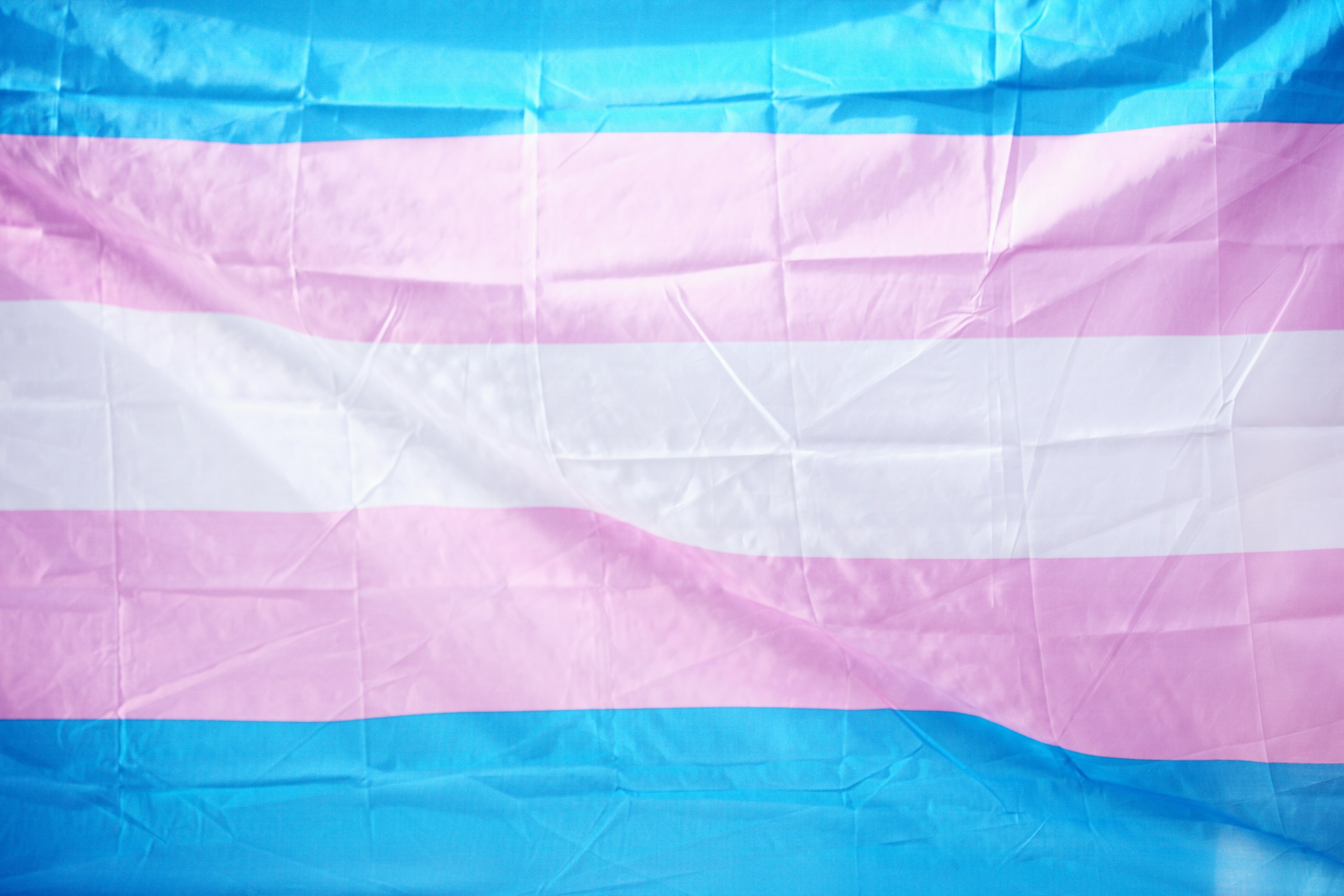In the journey of parenting, and as citizens of the modern world, we may encounter terms that are extremely helpful in finding footing within gender issues. It’s really easy to conflate or confuse these terms, but understanding basic gender terms can go a long way in clarifying what people mean as they discuss the rich and complex concept of gender. These terms are helpful, so let’s delve into a few foundational concepts that can empower parents to create a loving and inclusive environment for their transgender/nonbinary child…
Biological Sex: Often equated with the sex assigned at birth, this designation is based on visible genitalia and chromosomes. Understanding biological sex/sex assigned at birth is about the biological and anatomical aspects that contribute to our initial identification (“it’s a boy!” or “it’s a girl!”).
Gender Expression: This term refers to the way individuals outwardly express their gender identity through personal appearance or activities. It’s a unique and personal aspect of identity, reflecting how one expresses to the world that they are male, female, both, or neither. Think clothes, colors, makeup, jewelry, sports, artistic expression, hobbies…
Gender Identity: Unlike biological sex, gender identity is an internalized understanding of oneself. It’s about who we truly are on the inside, whether male, female, both, or neither, transcending the confines of biology and delving into the realm of personal identity. It’s who we know ourselves to be inside.
Sexual Orientation: An aspect of everyone’s identity, sexual orientation pertains to who we are attracted to and our emotional and physical reactions to others. This integral facet is completely separate from gender identity but equally important in shaping one’s sense of self. Gender identity does not create sexual orientation.

Obviously, this blog post is a tiny snippet of a much larger conversation. Want more terminology? The Human Rights Campaign has a longer list of helpful terms, and there are countless other resources out there to help anyone get their footing as they navigate the rich topic of gender. And, of course, I’m here to help! Let’s have a conversation about what you might be wondering, and how to gain and hold your footing as you navigate this journey. We can start with a complimentary consultation to see if I’m the right person to help. Knowledge is remarkably helpful in attaining peace of mind!



